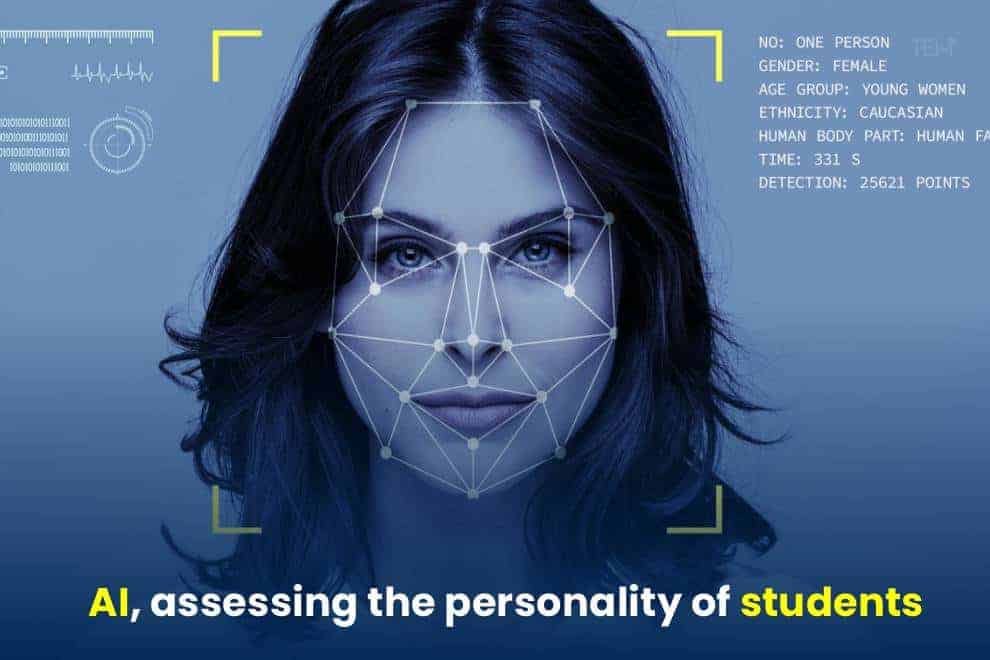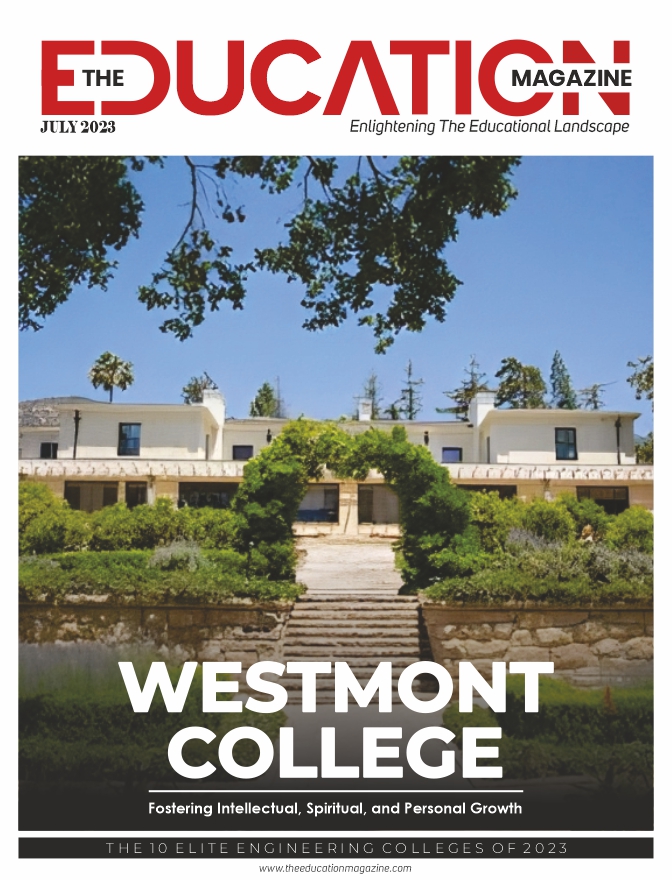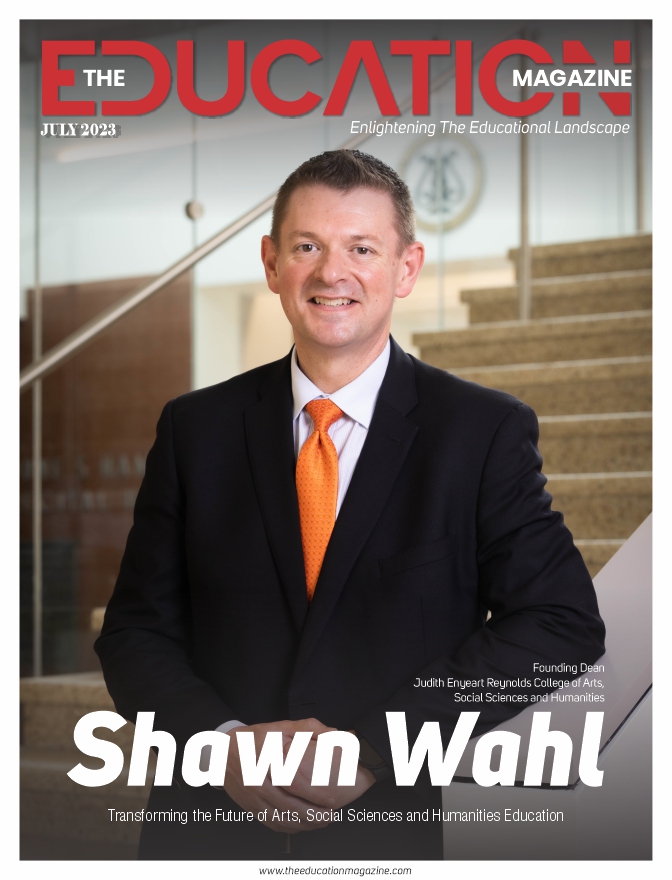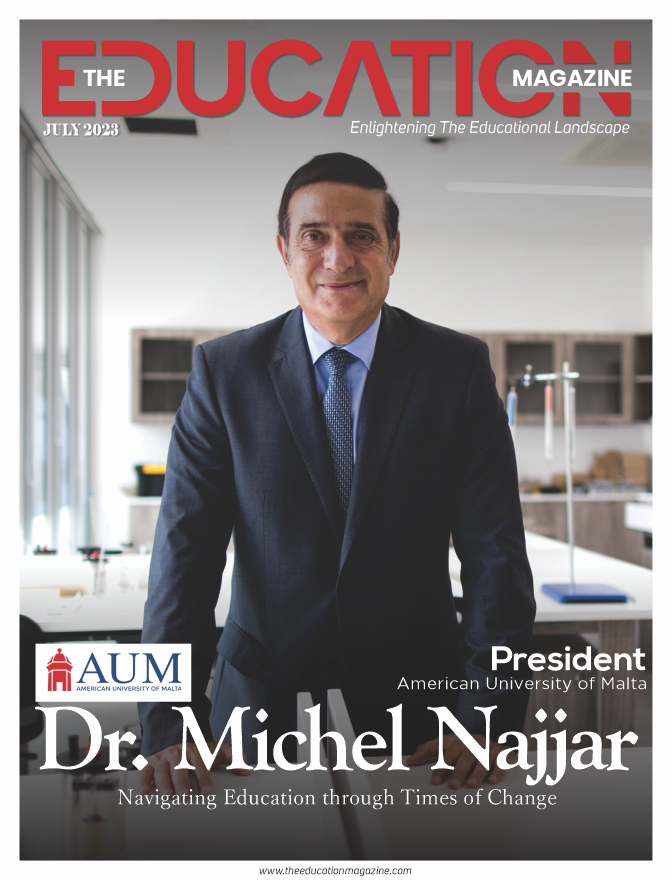Key Highlight
- Artificial intelligence is used by the college for dull activities.
- Universities are taking the help of AI for assessing students personality traits and other important factor
- Pandemic has pushed the colleges towards online mode and inculcated the use of AI.
AI stepping into the college campus
AI-powered technologies such as chatbots, plagiarism detection tech, and apps to review spelling and grammar are used by colleges for reviewing the applications that address academic questions, rate assignments, and classes. AI new models can assess and rate applicants’ personality characteristics and perceived inspiration. Colleges are gradually using them to make admissions and financial aid decisions. According to Eric Wang, senior director of AI at Turnitin, colleges use AI technology for a dull task like improving back-office workflow and plagiarism.
AI: Analysing the factors about the student
Hundreds of colleges pay for private platforms that do extensive data mining on previous classes. It uses to rate students for acceptance on criteria such as the possibility they will attend, the amount of financial assistance they will need, the likelihood they will graduate, and the likelihood they will be engaged, alumni. Decisions are made on the basis of AI.
Related:- As Covid-19 Surges, US Universities Invest in AI to counter Challenges
AI used by Universities for different factors
- Baylor, Boston, and Wake Forest University– They are using the Canadian company Kira Talent. It offers a review system that can score an applicant’s “personality traits and soft skills” based on a recorded, AI-reviewed video the student submits. After the video is submitted. The company presentation shows students scored on a five-point scale. The score is in different areas such as openness, motivation, agreeableness, and “neuroticism.”
- New York University, Southeast Missouri State University– It is using a service called Element451. It is used for rating prospects’ potential for success. It gives a rating on the basis of different factors like how they interact with a school’s website and respond to its messages. The result that the service provides is 20 times more predictive.
- Georgia State University–They are at the apex in using chatbots. Its version, Pounce started in 2016. To date, it has answered thousands of responses to prospective students’ questions.
- Staffordshire University– They gave their student” Digital Friend”. It is named Beacon, an AI teaching assistant. It can suggest reading materials and associate students with tutors.
- Australia’s Deakin University Genie. The AI assistant the university is having is well informed when a student asking a question has interacted with relevant online course materials. It can also tell student’s locations. It also alerts students on their activity like if they’ve visited the library or inform them that they’ve spent so much time in the dining hall and prompt them to move on.
Pandemic has shifted the offline to online
Southern New Hampshire University, which has 97 percent of its almost 150,000 students online. It is also researching how AI could be used to rate vast numbers of students easily. SNHU is now beginning to use AI to instruct students rather than just grade them. Faby Gagne, the executive director has been experimenting with AI monitoring speech, movement. The speed with which a student reacts to video lessons and using the knowledge to rate achievement.
AI cannot replace human in every situation
AI alone is not a reliable judge of human nature or intention. Highlighted by Jarrod Morgan, the founder, and chief strategy officer of ProctorU. A company that schools employ to administer and track online assessments students take. He discovered that humans are, on average, better at this than machines. In The University of California. Santa Barbara investigated why students received more emotional support from animated instructors than from real-life instructors. It is discovered that students understood emotion in both human and animated teachers. But they had better, more realistic representations of emotions such as “happy” and “frustrated” if the teacher is human.
Also Read:- Artificial Intelligence: The Future or Extinction of Mankind













